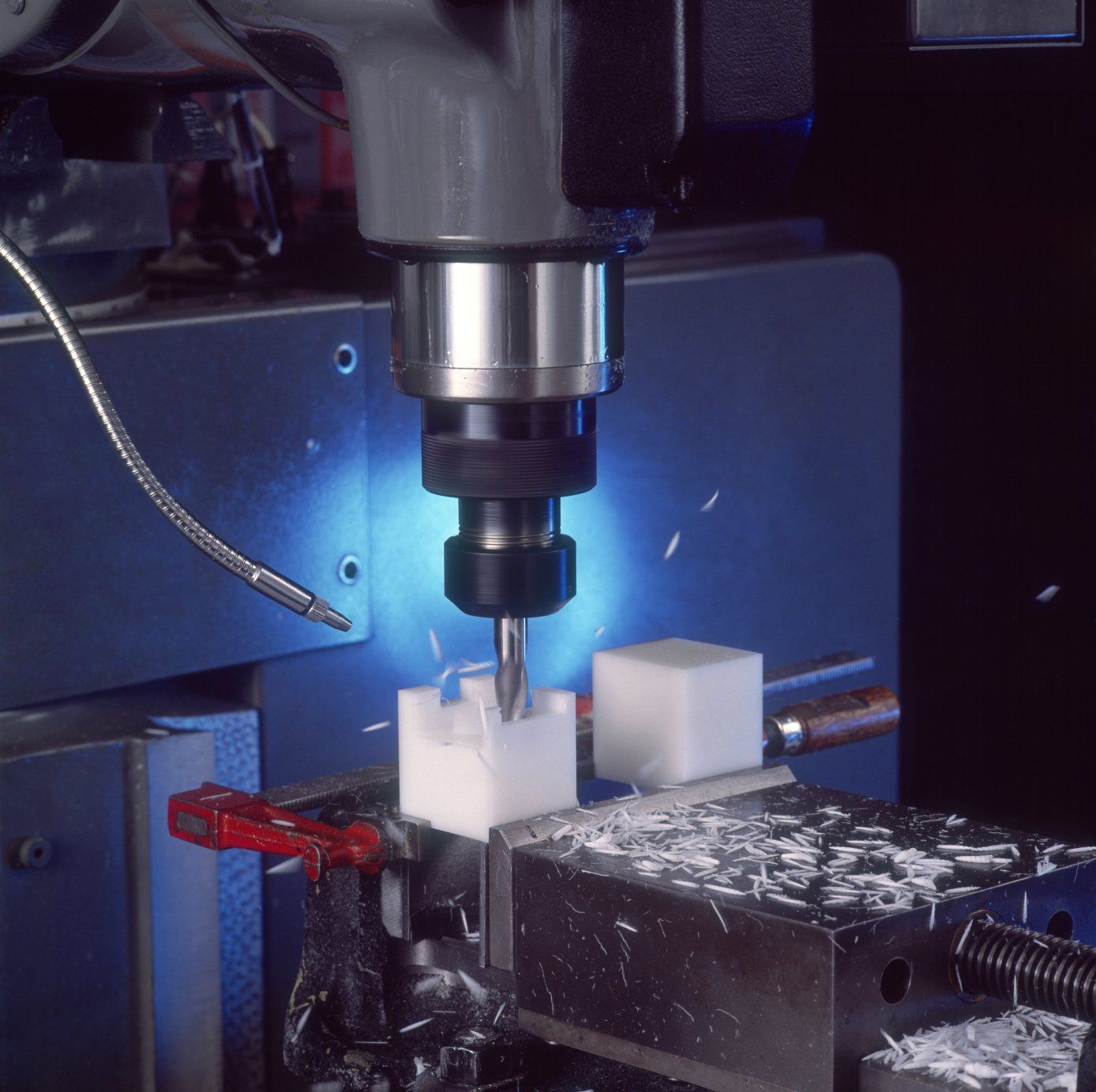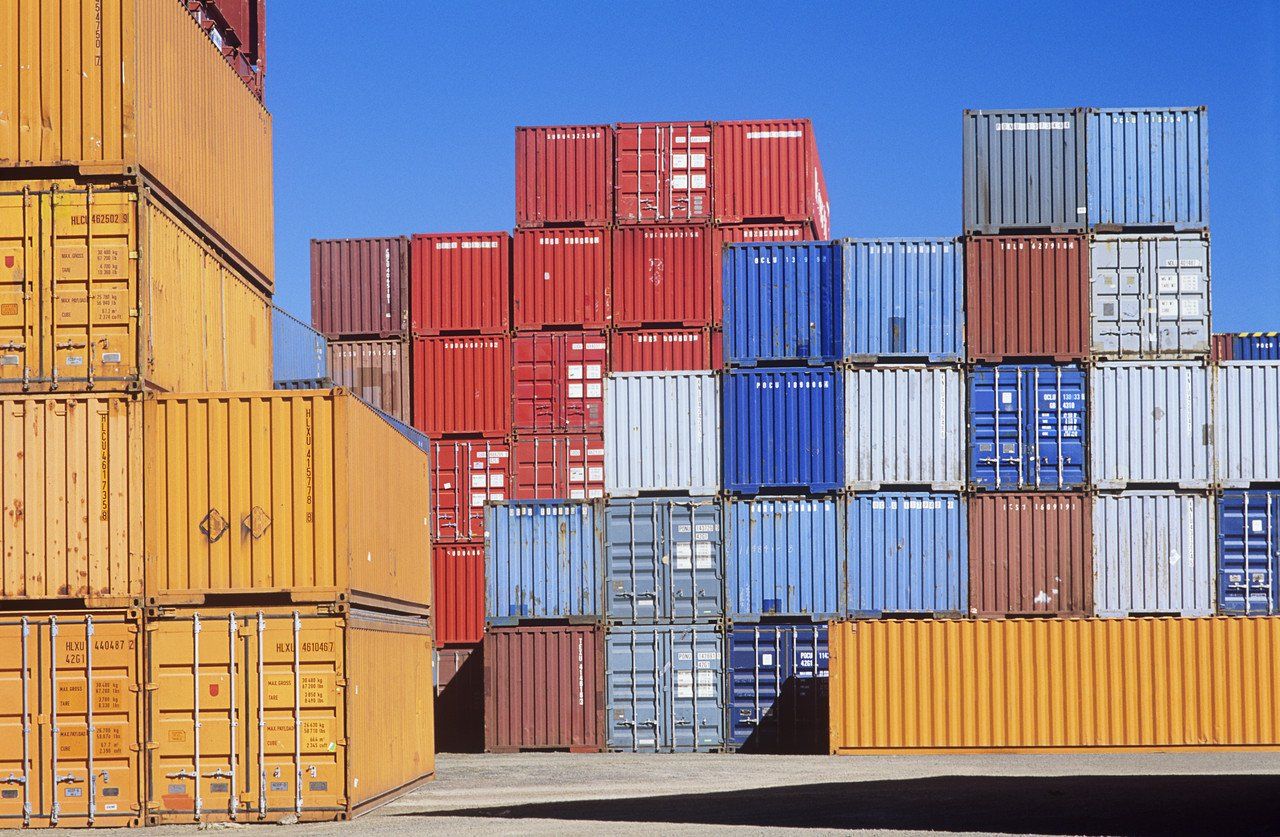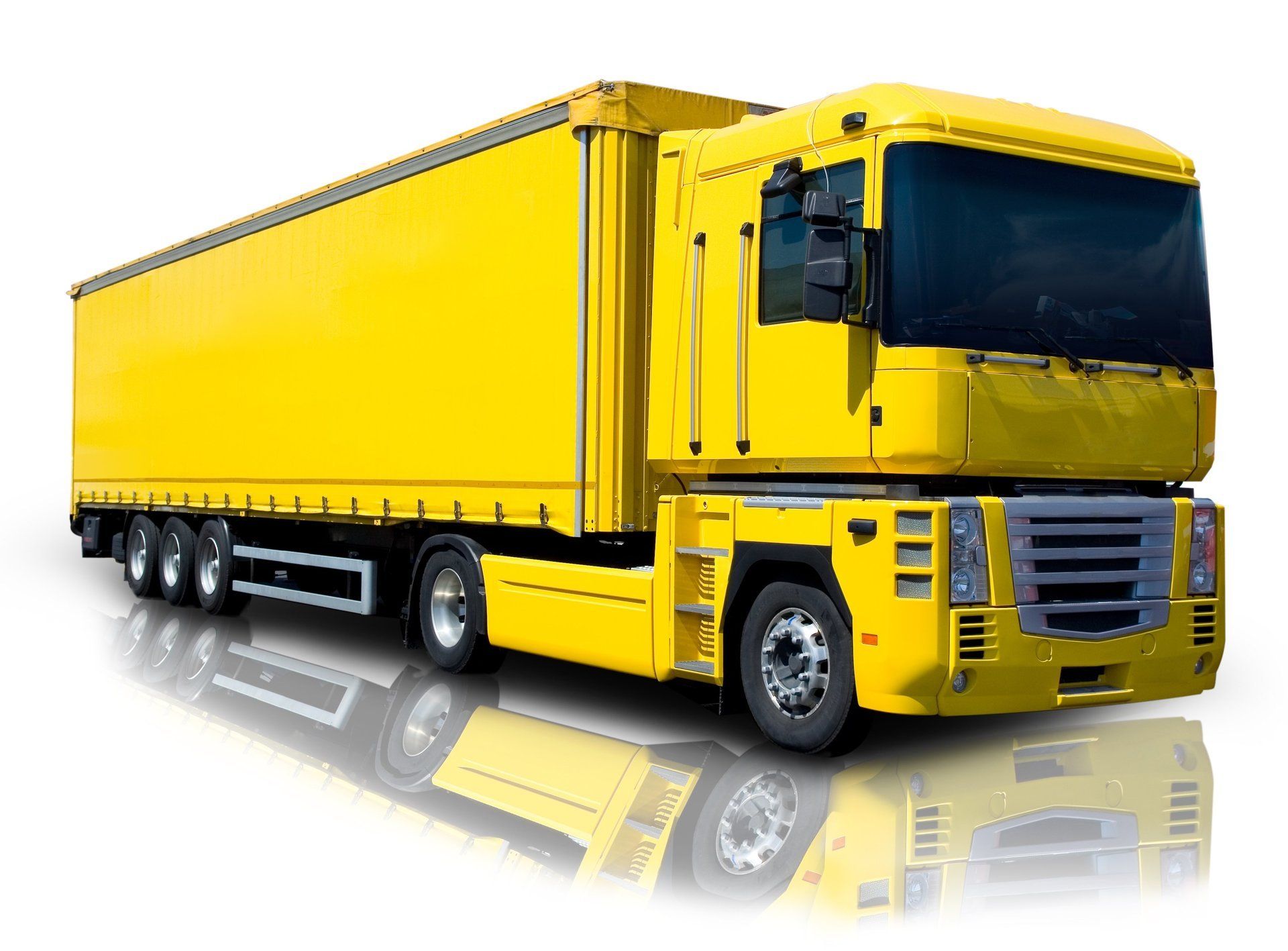Whatsapp Message : +8618929217741 /+353852822478
Blog Layout
What is OEM manufacturing from China?
Gerard Whitlow • 27 January 2023
OEM Manufacturing from China - Pros and Cons.

OEM
manufacturing, or Original Equipment Manufacturer
manufacturing, refers to the production of goods by one company that are then sold under another company's brand name. In the context of China, this often refers to Chinese companies producing goods for foreign brands and companies.
There are several advantages to OEM manufacturing in China. One of the main advantages is cost. Labor costs in China are generally lower than in many other countries, which allows manufacturers to produce goods at a lower cost. Additionally, China has a large and skilled workforce, as well as a developed infrastructure, which makes it an attractive location for manufacturers.
Another advantage of OEM manufacturing in China is the ability to tap into the country's supply chain and logistics networks. China is a major global supplier of raw materials and components, and many Chinese manufacturers have established relationships with suppliers and logistics providers that allow them to source materials and components at a lower cost. Additionally, China's location makes it a convenient hub for shipping goods to markets around the world.
However, there are also some risks associated with OEM manufacturing in China. One of the main risks is the potential for intellectual property infringement. Some Chinese manufacturers may produce knock-off versions of products that violate patents and trademarks, which can lead to legal issues and reputational damage for the brand owner. Additionally, as OEM manufacturing can also lead to the loss of control over the quality of the product and production processes, which can also cause negative impacts on the brand reputation.
Another risk is the potential for disruptions in the supply chain. China is a major global supplier of raw materials and components, and disruptions in the supply chain can cause delays and other issues for manufacturers. Additionally, the potential for political and economic instability in China can also pose a risk to OEM manufacturers.
Overall, OEM manufacturing in China can be an attractive option for companies looking to lower costs and tap into the country's supply chain and logistics networks. However, companies must also be aware of the risks associated with OEM manufacturing in China, including intellectual property infringement and disruptions in the supply chain. To mitigate these risks, companies can establish strong relationships with suppliers and manufacturers, and implement robust intellectual property protections and quality control measures.
There are several advantages to OEM manufacturing in China. One of the main advantages is cost. Labor costs in China are generally lower than in many other countries, which allows manufacturers to produce goods at a lower cost. Additionally, China has a large and skilled workforce, as well as a developed infrastructure, which makes it an attractive location for manufacturers.
Another advantage of OEM manufacturing in China is the ability to tap into the country's supply chain and logistics networks. China is a major global supplier of raw materials and components, and many Chinese manufacturers have established relationships with suppliers and logistics providers that allow them to source materials and components at a lower cost. Additionally, China's location makes it a convenient hub for shipping goods to markets around the world.
However, there are also some risks associated with OEM manufacturing in China. One of the main risks is the potential for intellectual property infringement. Some Chinese manufacturers may produce knock-off versions of products that violate patents and trademarks, which can lead to legal issues and reputational damage for the brand owner. Additionally, as OEM manufacturing can also lead to the loss of control over the quality of the product and production processes, which can also cause negative impacts on the brand reputation.
Another risk is the potential for disruptions in the supply chain. China is a major global supplier of raw materials and components, and disruptions in the supply chain can cause delays and other issues for manufacturers. Additionally, the potential for political and economic instability in China can also pose a risk to OEM manufacturers.
Overall, OEM manufacturing in China can be an attractive option for companies looking to lower costs and tap into the country's supply chain and logistics networks. However, companies must also be aware of the risks associated with OEM manufacturing in China, including intellectual property infringement and disruptions in the supply chain. To mitigate these risks, companies can establish strong relationships with suppliers and manufacturers, and implement robust intellectual property protections and quality control measures.

by Gerard Whitlow
•
27 January 2023
China has been rapidly advancing in the technology sector in recent years, with the government making significant investments in research and development, as well as promoting policies to support the growth of domestic tech companies. This has led to the emergence of several Chinese tech giants, such as Huawei, Tencent, and Alibaba, that have become major players in the global tech industry. One of the key factors driving China's tech growth is the government's Made in China 2025 initiative, which aims to make the country a global leader in advanced manufacturing and technology by 2025. As part of this initiative, the government has invested heavily in areas such as artificial intelligence, 5G, and biotechnology. Additionally, the government has implemented policies to support domestic tech companies, such as providing subsidies and tax breaks, and protecting intellectual property rights. China's tech giants have also been heavily investing in research and development, with companies like Huawei and Tencent dedicating a significant portion of their revenues to R&D. This has led to the development of cutting-edge technologies in areas such as 5G, artificial intelligence, and the internet of things. Chinese tech companies have also been expanding globally, with companies like Huawei and Xiaomi becoming major players in the global smartphone market. In recent years, China has also been working to establish itself as a leader in the field of artificial intelligence. The country has made significant investments in AI research and development, and has established itself as a major player in the global AI market. Chinese tech companies like Baidu , Tencent, and Alibaba have been investing heavily in AI, and have developed cutting-edge technologies in areas such as natural language processing, computer vision, and autonomous vehicles. Additionally, the Chinese government has been promoting policies to support the development of the AI industry, such as providing funding for research and development and offering tax breaks for companies that invest in AI. While China's tech industry has made significant strides in recent years, there are still challenges that need to be addressed. One major challenge is the lack of innovation in certain areas, as many Chinese tech companies have been criticized for being copycats of foreign companies. Additionally, there are concerns about the Chinese government's control over the tech industry, with some critics arguing that the government's heavy-handed approach could stifle innovation. In conclusion, China has been making significant strides in the technology sector in recent years, with the government investing heavily in research and development and promoting policies to support domestic tech companies. As a result, several Chinese tech giants have emerged and become major players in the global tech industry. However, there are still challenges that need to be addressed, such as the lack of innovation and concerns about government control over the tech industry. Despite these challenges, it's clear that China is positioning itself as a major player in the global technology landscape and will continue to be one of the key players in the tech industry for years to come.

by Gerard Whitlow
•
23 January 2023
China has long been known as the " factory of the world ," producing a wide range of goods for global consumption. However, in recent years, there have been growing concerns about whether or not China will be able to maintain its status as the world's top manufacturing hub. One of the main reasons for this is the rising labor costs in China. As the Chinese economy continues to grow, wages for Chinese workers have been increasing. This has led to higher production costs for manufacturers in China, making it less attractive for companies to produce their goods there. Additionally, the Chinese government's recent push to upgrade its manufacturing sector towards higher value-added and automation-driven industries, means that many low-skilled labor-intensive manufacturing jobs have been replaced by robots and AI. Another reason for the potential decline of China's status as the factory of the world is the ongoing trade tensions between China and the United States. The Trump administration's tariffs on Chinese goods have made it more expensive for American companies to import from China, leading many to look for alternative manufacturing locations. Furthermore, the ongoing COVID-19 pandemic has disrupted global supply chains, making it more difficult for companies to rely on just one country for their manufacturing needs. However, it's important to note that China still has some advantages that will be hard to replicate. China has a large domestic market and a huge pool of talented and skilled workers. China has also invested heavily in infrastructure, making it easier for companies to transport goods around the country. Additionally, the Chinese government's " Made in China 2025 " plan, which aims to make China a global leader in high-tech industries, could help the country maintain its status as a leading manufacturing hub. While there are certainly challenges facing China's manufacturing sector, it's important to remember that the country has a long history of adapting and overcoming obstacles. For example, in the past, China has successfully transitioned from low-skilled labor-intensive manufacturing to higher-skilled manufacturing. It's possible that China will continue to evolve and find ways to maintain its status as the factory of the world. In conclusion, while China's status as the factory of the world may be challenged by rising labor costs, trade tensions, and the ongoing pandemic, it's not certain that China will lose its status as the world's top manufacturing hub. China has many advantages that are hard to replicate, such as a large domestic market and a pool of skilled workers, and the Chinese government is working to make the country a global leader in high-tech industries. Only time will tell how China's manufacturing sector will evolve, but it's important to remember that China has a history of adapting and overcoming obstacles.
Subscribe to our newsletter
Copyright © All Rights Reserved.


